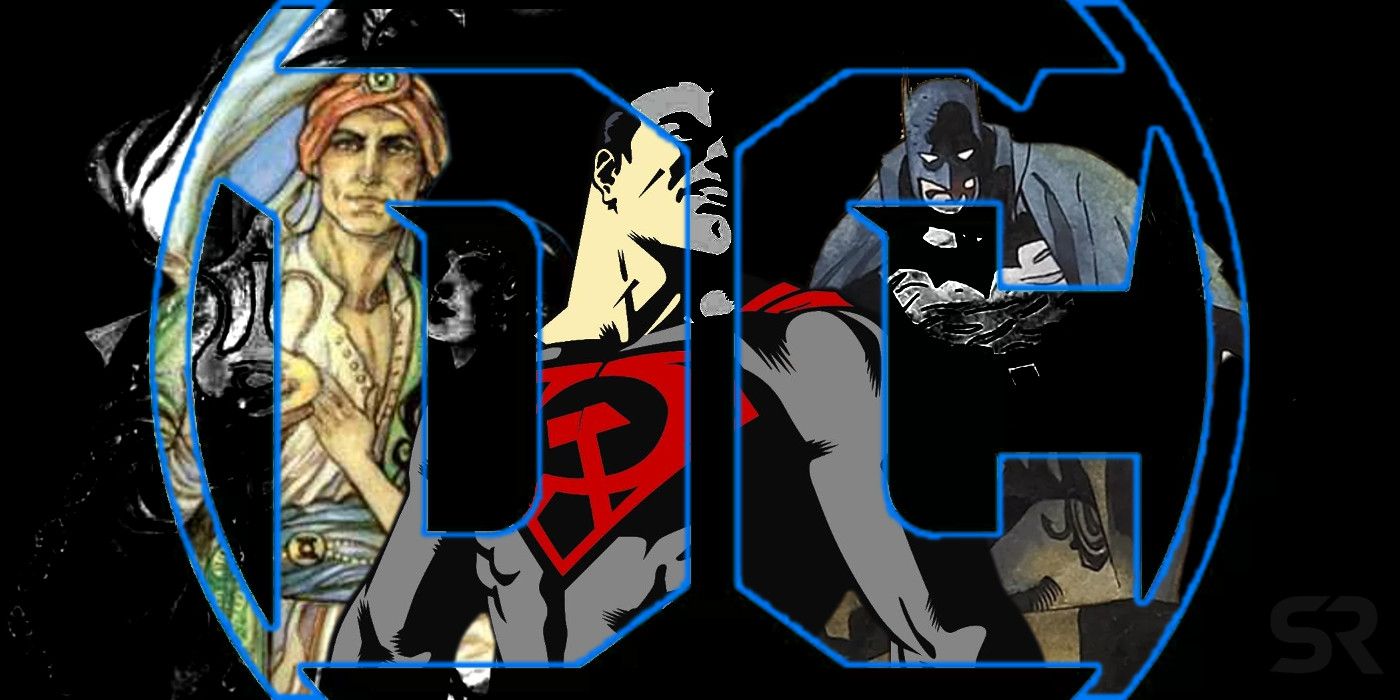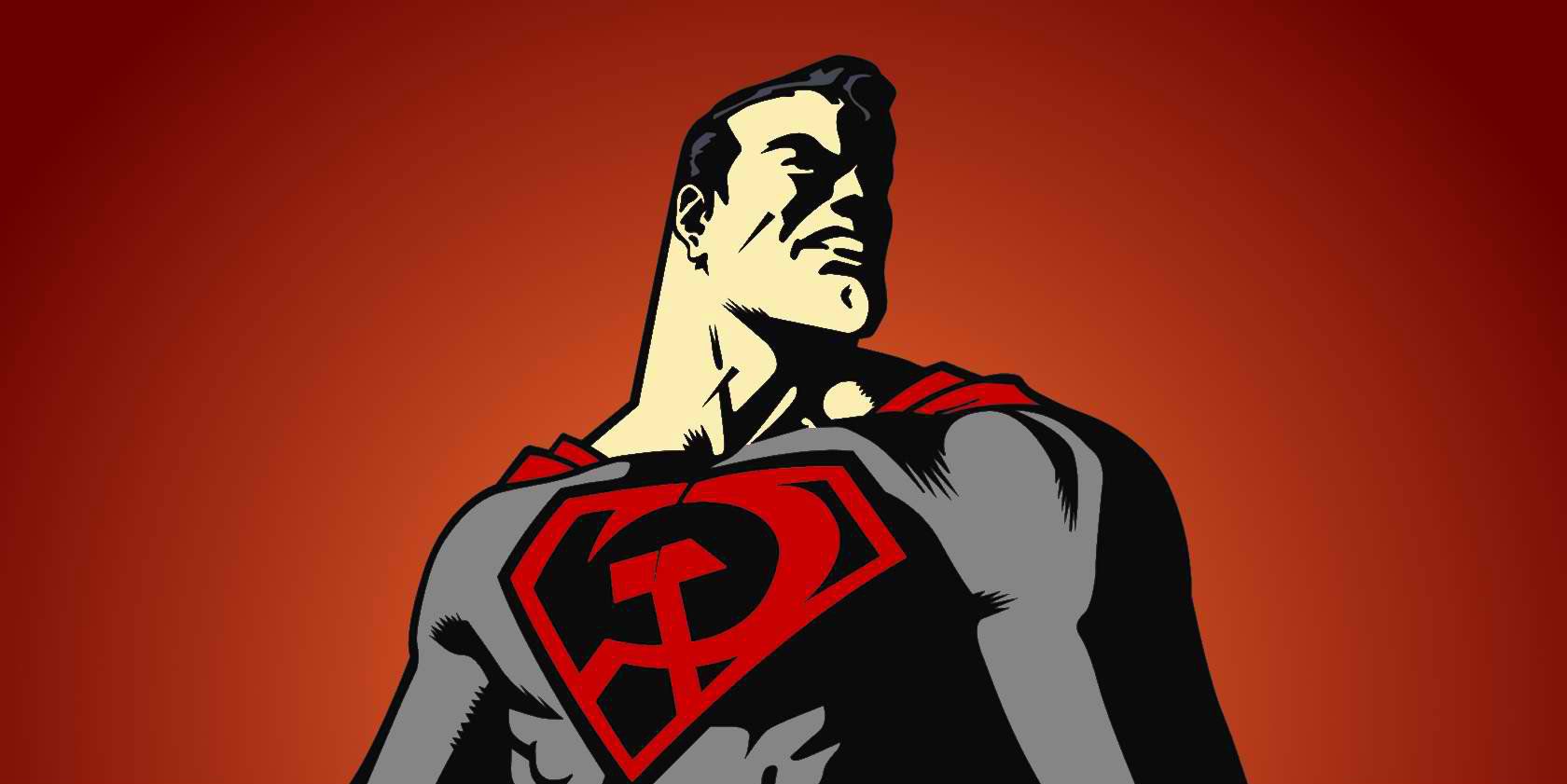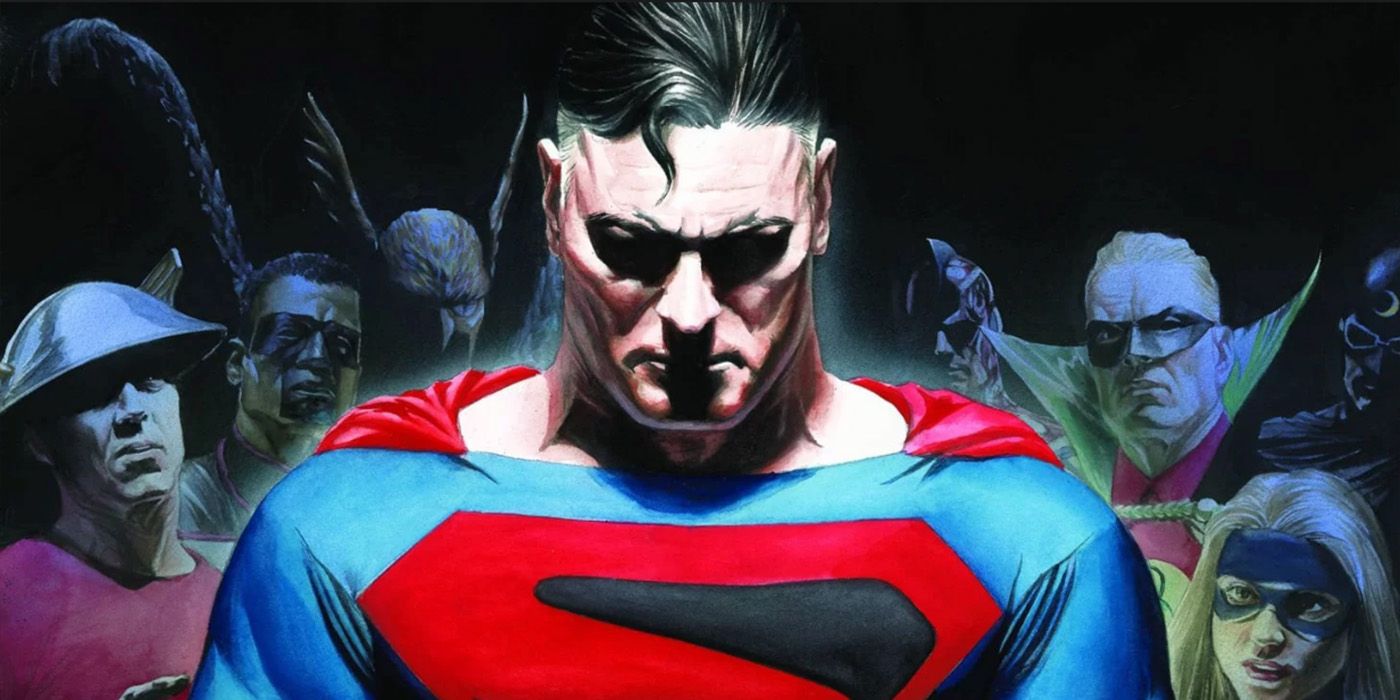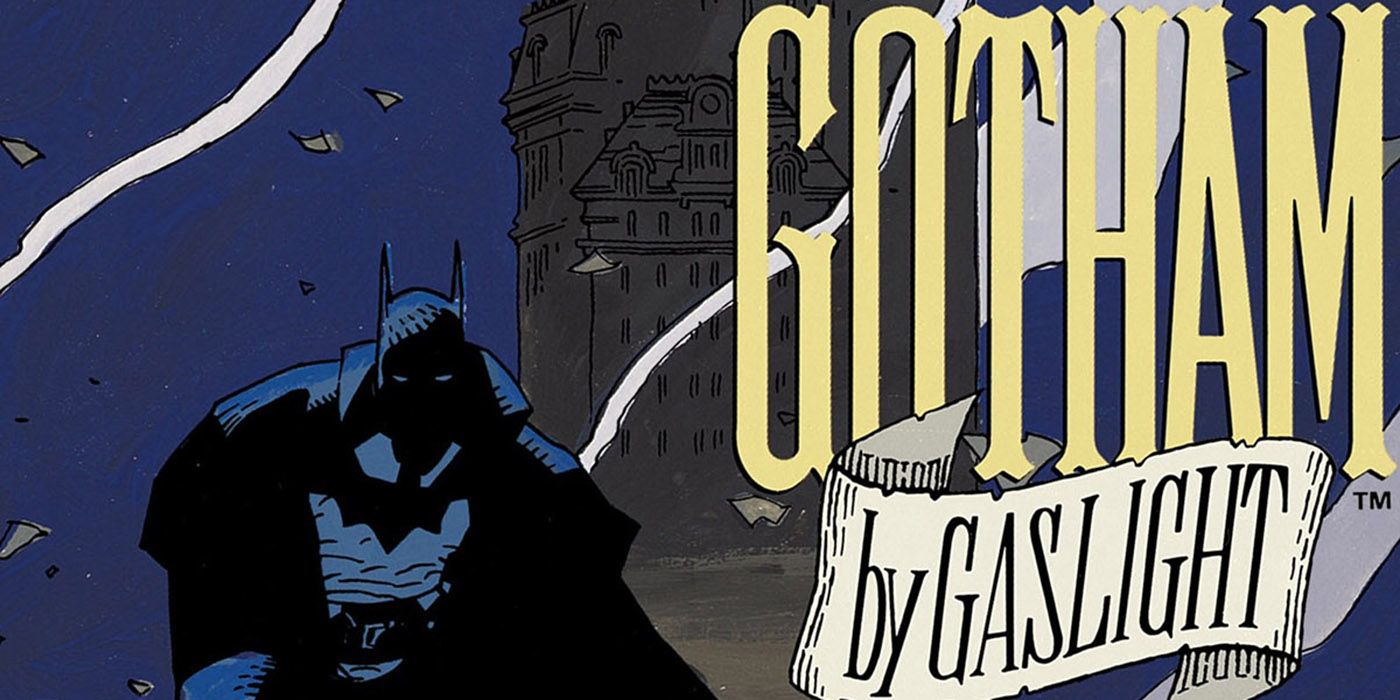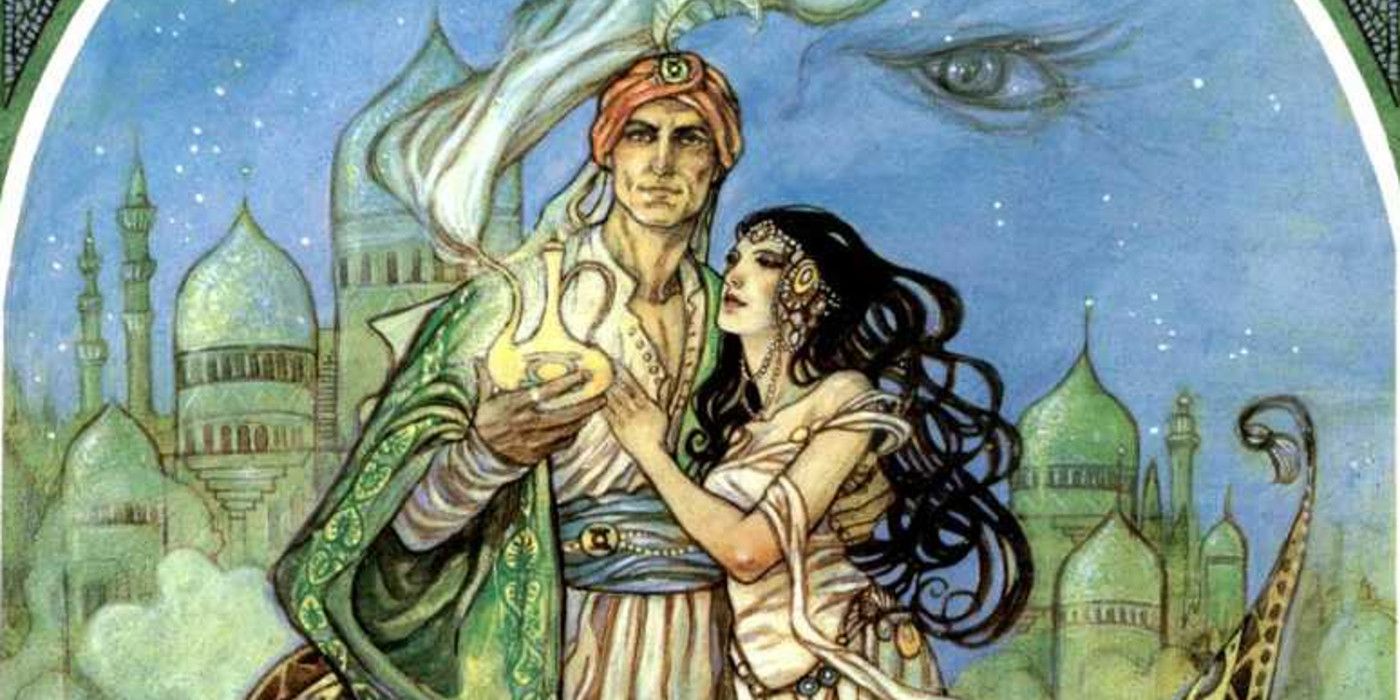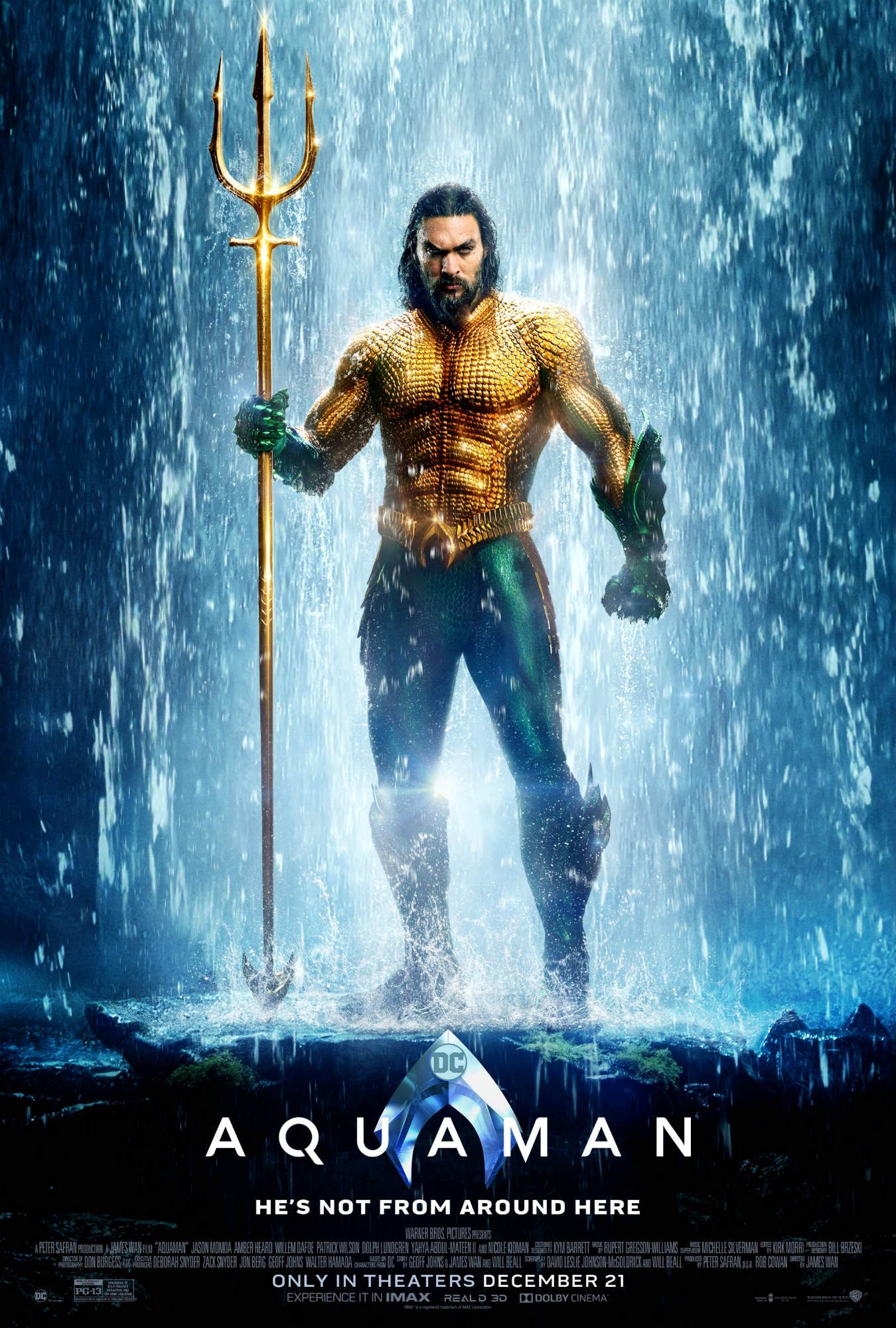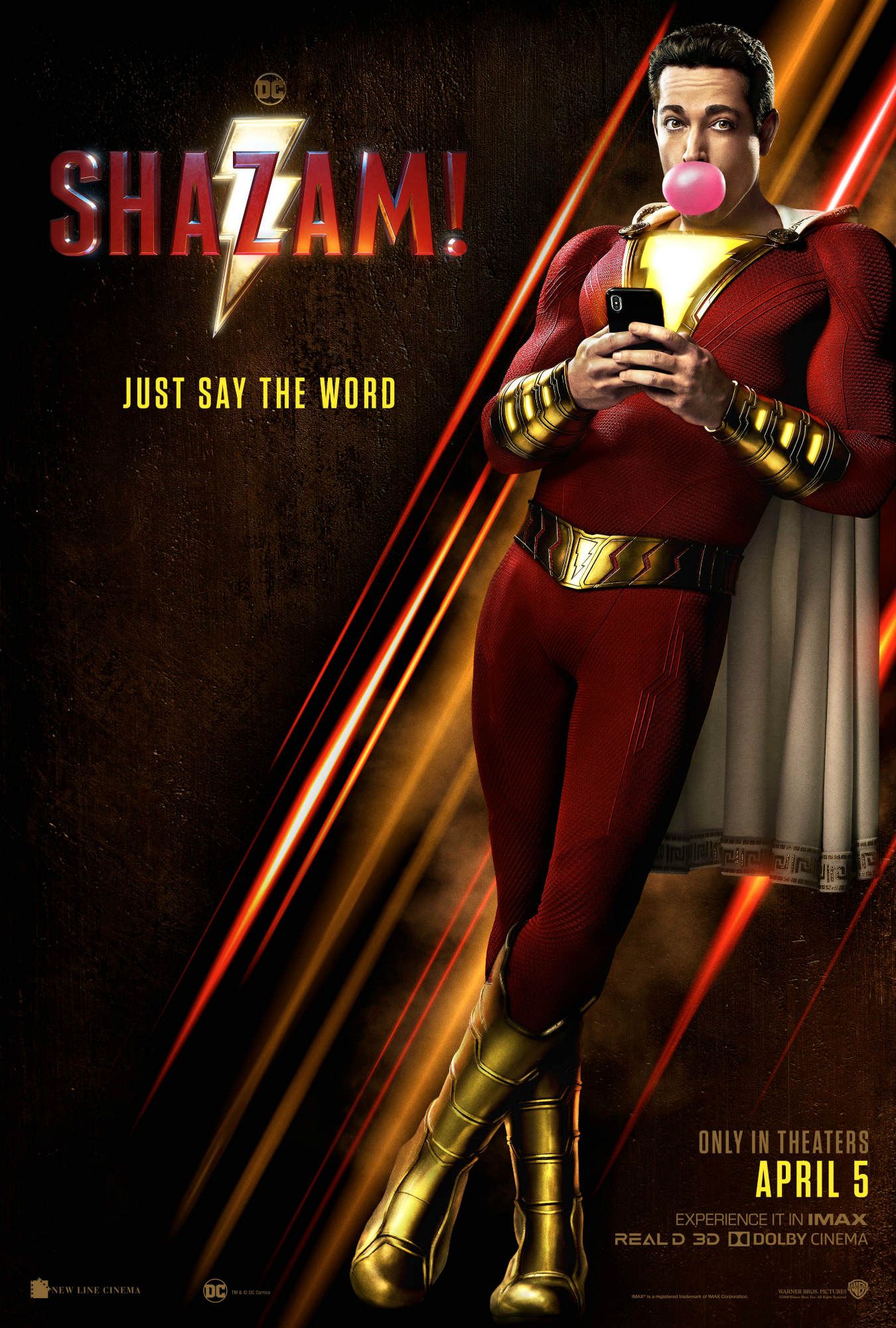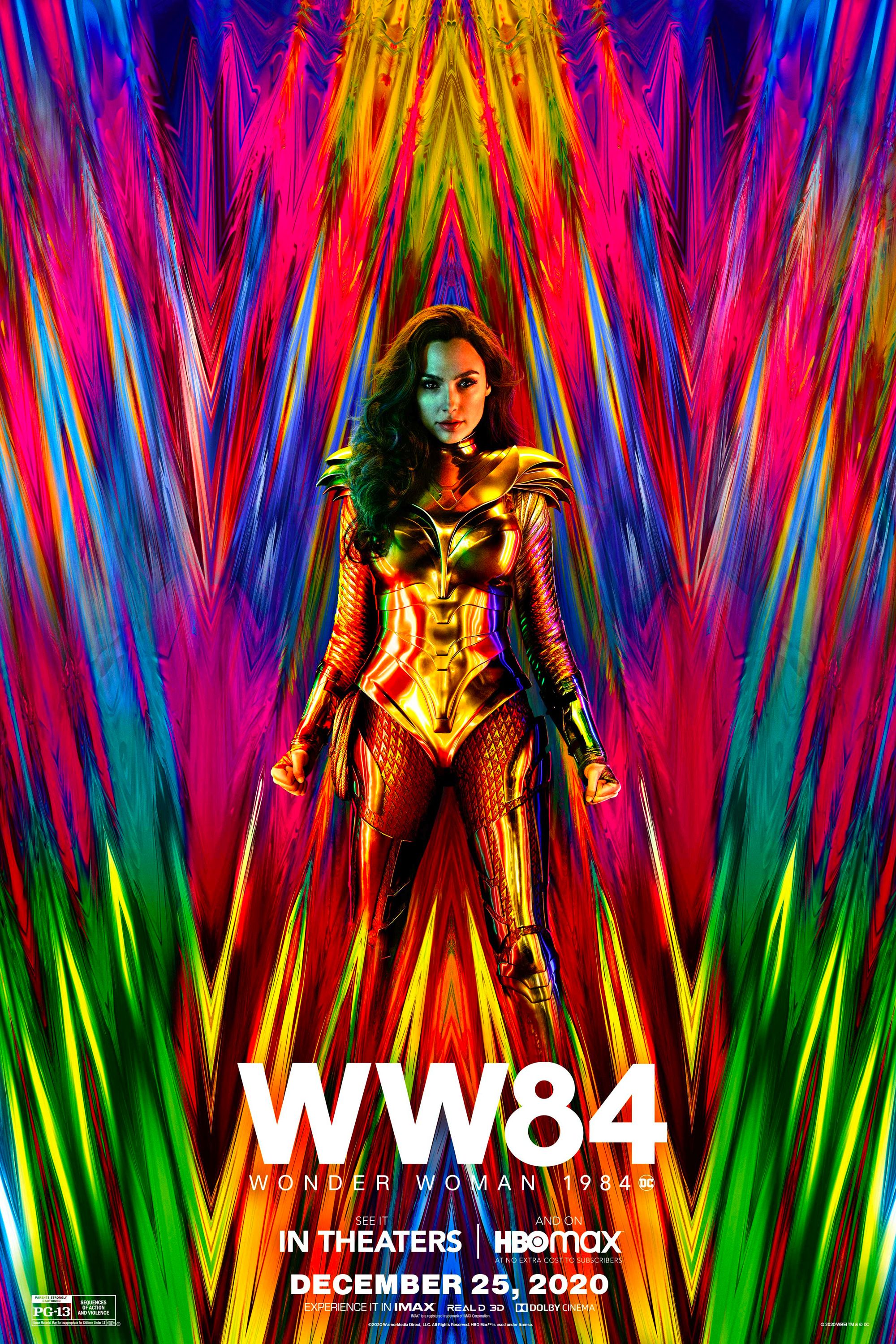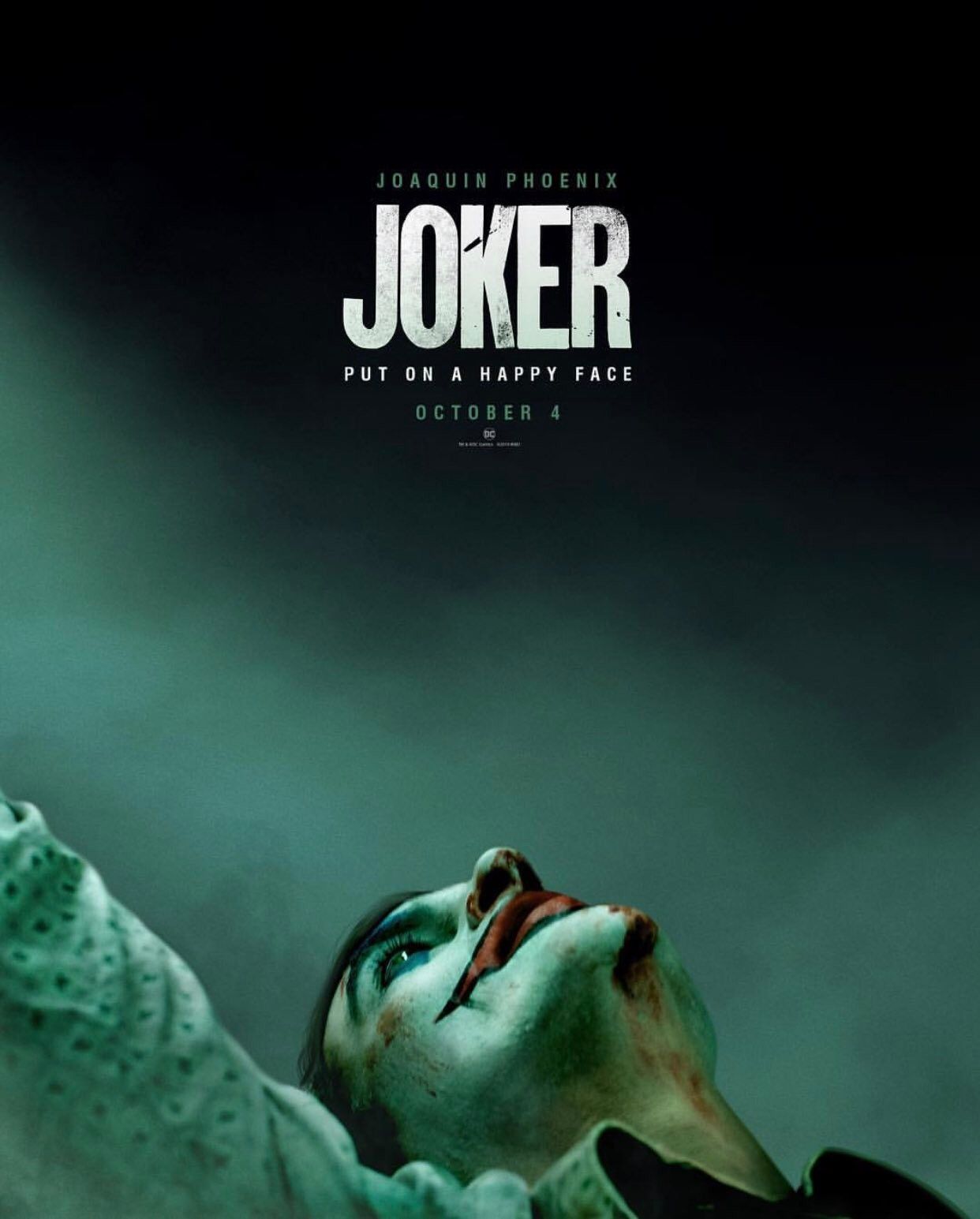Todd Phillips' upcoming standalone Joker movie, set to star Joaquin Phoenix as the titular character, is to be released October 4, 2019. A left-field choice for a tentpole DC/Warner Bros. release, considering the DC Extended Universe already has a briefly-established Joker with Jared Leto's role in Suicide Squad. Considering the movie is also set to be an origin movie, it was confusing when the news broke and Leto's name wasn't attached - to muddy the waters even further, there was also news of another Joker movie (not to mention four potential additional appearances) in the works to center around Leto's rendition, alongside Margot Robbie's Harley Quinn.
For a long time, DC Comics has been a proponent of a 'Multiverse' within its mythos, an infinite run of parallel worlds which at times have a propensity to crossover or impact one another. The stories within the DC Multiverse are often fleshed out in their 'Elseworlds' imprint of comics; similar to Marvel's What If? selection of comic book tales, wherein fan-favorite, familiar characters are thrust into parallel situations and origin stories.
Related: Joaquin Phoenix’s Joker Movie is the Next Evolution of Superhero Cinema
Taking a cue from the comics side, WB/DC is launching a new label of non-DCEU films, called "DC Dark" or "DC Black," which might be the their most interesting way yet of differentiate from the offerings of Marvel and their singular Marvel Cinematic Universe - by filming whatever stories they feel are worth telling with whoever they want behind and in front of the camera.
Once the Joaquin Phoenix-led Joker movie is released next year, the stage will be set for additional standalone movies to be released under the 'Worlds of DC' brand. These films can be untethered from the weight of continuity and fan expectation/trepidation already existing thanks to Man of Steel, Batman V Superman: Dawn of Justice, Suicide Squad, Wonder Woman, Justice League and the upcoming Aquaman and Shazam!(which all share a continuity).
The Elseworlds DC Dark/Black imprint provides an engaging template for future additions. Joker is starting things off with a low budget, but if this approach is successful, we may even see a range of budgets under this label. Here are some great Elseworlds tales that would make for solid standalone movies following Todd Phillips' Joker movie debut next year.
- This Page: Superman: Red Son
- Page 2: A DC Epic, a Batman Twist, and a Fresh Take on Green Lantern
Superman: Red Son
Mark Millar's seminal Superman: Red Son Elseworlds tale is widely regarded as one of the best Superman stories ever written, regardless of its setting in a parallel Universe. Its plot begins with Kal-El's spaceship escaping what is assumed to be Krypton, but instead of landing in Kansas to be found by the Kents, it instead lands on a Ukrainian collective farm at the height of Josef Stalin's power (thanks to a time delay of a few hours).
The three-issue miniseries, published in 2003, spans decades, and follows Superman's ascension to the head of the Communist regime in the USSR. He jockeys with Stalin's illegitimate son Pyotr Roslov (an alternate version of Clark Kent's pal Pete Ross) for power throughout. Roslov at one point assassinates two anti-Superman activists in front of their young son, resulting in the boy growing up to be this world's version of Batman.
Related: Why the DC Movies Should Look To the Elseworlds Comics
Many other DC characters make an appearance, including Hal Jordan with his Green Lantern Marine Corps and Wonder Woman, who expresses unrequited affection for Superman throughout. Lex Luthor and Brainiac emerge as the greatest threats to Superman's power in the story, providing a number of thrilling battles that often do not end in typical ways readers may expect.
If Warner Bros. is willing to play with Superman on the big screen the same way they are with Joker, a fun diversion would undoubtedly be Red Son. It'd be a timely tale, especially considering the USA's current complex relationship with Russia, and the myriad alternate versions of DC superheroes provide stylish and engaging templates for characters on the big screen.
Page 2: A DC Epic, a Batman Twist, and a Fresh Take on Green Lantern
Kingdom Come
Kingdom Come was a four-issue miniseries written in 1996 by industry stalwart Mark Waid with gorgeous painted art by Alex Ross. The story is set a few decades from the present, where traditional superheroes such as Superman find themselves out of touch with the younger generation (many of whom are descendants of the Golden and Silver Age heroes), who have few qualms about excessive violence and even killing as a solution to super-villainy.
The idea was developed by Alex Ross as a magnum opus in the vein of Alan Moore's Watchmen, a treatise on the role of superheroes in society and the escalation of ideals both benevolent and nihilistic. Bubbling away in the background of the main rumblings of war between the two superhero factions are Lex Luthor's machinations, which Batman is attempting to combat. Meanwhile, Superman lives the life of a simple farmer. Eventually, he's dragged back into the debate, which is quickly growing out of hand.
Related: 2019 Will Be DC's Biggest Release Slate Ever
Considered a modern classic, and shining example of a comic that all comics should aspire to, Kingdom Come could be a fantastic franchise ender to the current DCEU if that's what WB wanted, but realistically, it would work best as an Elseworlds tale on the big screen, so as to be unencumbered from continuity and to have no effect on DC's interconnected movies thereafter. As with all Elseworlds books, the fact that they're 'done-in-one' also means the blueprints are in place for a finite motion picture, meaning little tweaking would have to be done to package it for the casual movie-going audience.
Gotham By Gaslight
Considered the first Elseworlds story thanks to its publication before the inception of the brand, Gotham by Gaslight presents Bruce Wayne as a vigilante in 1884, on the trail of one Jack the Ripper. It's a premise so simple and effective that the story just needed to find the right mood, which it achieved in the form of artist Mike Mignola (Hellboy).
Gotham by Gaslight could use its own original Bruce Wayne casting, and find its own writer-director team separated from the developmental hell that Matt Reeves and Ben Affleck have found themselves in for years, and most likely find an easier path to the big screen because it's such a wild idea for a Batman movie. Warner Bros. execs would most likely just ignore it during its developmental years, like a middle child, whilst they focus on the big prize of The Batman.
Green Lantern: 1,001 Emerald Nights
Granted, any Green Lantern-based Elseworlds would be best served after the actual Green Lantern Corps movie to be released first - but provided that happens, now that Geoff Johns is officially on as writer, 1,001 Emerald Nights would be a fantastic place to start for a non-DCEU Green Lantern movie at some point afterward.
Related: The DCEU Has Been Setting Up Green Lantern From The Very Beginning
Originally published in 2001, the story blended the mythos of Green Lantern with the ancient tales of the Arabian Nights; specifically, Al Jhor Dan, his magical lamp, and the green Djinn within. The Middle Eastern setting was a refreshing take on the character and Western comics in general, with Al Jhor Dan learning to use his ownership of the jade genie for the purpose of good and learning responsibility and humility along the way.
The story was beautifully, minimally written by underground comics artist Terry LaBan (probably most well-known for a daily comic strip titled Edge City) and supplemented by gorgeous artwork from illustrator Rebecca Guay (also a contributor on Neil Gaiman's Sandman).
Considering there is a live-action version of Disney's Aladdin in the works, the time could be ripe for another Middle East-set blockbuster that can appeal to Western audiences. It would certainly be a bold move on Warner Bros.' part, and could make for an intriguing fable about power and responsibility - not always solely the domain of a certain Friendly Neighborhood web-slinger.

